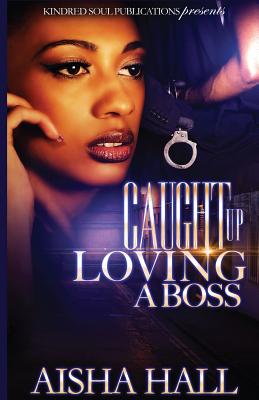
His anecdotes about real-life famous folks like the Mills Brothers, Bricktop, and Butterbeans and Susie, may be, like that Blue Blazer cocktail, part straight whiskey part flaming invention, but they take readers deep into the world of mid-20th century Black entertainers who traveled the country by train. Sepian, is a word that Ziggy uses a lot to refer to Black people: It's his opinionated, distinctive voice that rescues Black Bottom Saints from being the static series of tweaked Wikipedia entries it might have been. a conventional enough premise for a novel and the only time that Randall relies on convention to tell this panoramic story. Except here, Randall is our emcee and not all the featured guests in this novel are headliners.

As its short chapters whiz by, you get a taste of what it might have been like to have sat in the audience of one of those nightclub shows that Ziggy emceed where, maybe, Moms Mabley was waiting in the wings while rumors were flying that Dinah Washington, along with her husband, the NFL superstar Dick 'Night Train' Lane, might be stopping by.

I can't think of a more sparkling way to get some education about the history of Black Detroit beyond Motown than to read Randall's novel.


 0 kommentar(er)
0 kommentar(er)
